What About the Play?

There is a huge push (and rightly so) for strong literacy foundations to be built in the first year of school, but with children entering formal schooling as young as four and half years old, the question is to be asked, “What about the play?”.
If you have been reading my blog of any length of time you will know that I am a MASSIVE advocate for explicit teaching in early literacy skills. I write and teach others about teacher led, systematic, instruction in reading and spelling. What you may not know is that I am also an advocate for developmentally appropriate, play based experiences that provide student choice and voice in the school day. I lament the early age at which children often enter formal schooling and think that our overcrowded curriculum creates significant issues for teachers and students alike as we try to balance the developmental and academic needs of our children. However, as in all things, there are ways to achieve that balance and I want to share some of them with you today.

Firstly, let’s be really clear. Explicit teaching does not mean that we abandon all of the lovely early childhood experiences that have always been an important part of school for 4 and 5 year olds. Free painting, craft, drawing and music must remain as opportunities for creative expression and enjoyment for children. Children should be able to listen to rich stories, view beautiful illustrations, talk with each other in play, have sensitively managed choice about what they do, engage with experiences in a way that works for them and build the social/emotional skills that will carry them through the rest of their lives. Explicit teaching does however mean that we are very clear about the difference between instruction, revision and context embedded opportunities to explore print in ways that work for children. We are very clear about the times in the day when children are required to pay attention, follow instructions and engage in structured learning. These are not optional. Children do not get to ‘opt out’ of learning. (If we pitch the learning at the correct level and provide appropriate support, children will not want to opt out, they will be excited to opt in!).
So, exactly how do you strike the right balance between explicit, systematic teaching and giving children opportunities for developmentally appropriate learning? Here are my top 5 ideas for getting this balance right:
Make ‘play’ meaningful and linked to learning

Putting out some Lego and paints and letting kids ‘go for it’ is unlikely to yield the kind of involved engagement that we dream about when I talk about Play Based Learning. Play based opportunities (called Investigations in the Kathy Walker Approach) need to be carefully thought out and rigorously planned. There is no ‘random’ in a strong play based approach. Every experience is chosen for the way it contributes to the academic and social/emotional goals of the children. So if you are learning about measurement in maths, introduce measurement based activities in your play opportunities. If you are learning about the sound /s/ hide the letter ‘s’ on pieces of paper around the room and ask the children bring them to you when they find one, saying the sound and place /s/ related provocations in play centres and make that explicit and accessible to children. Don’t wait for them to just ‘discover it’. Some will, but those children who need the most help also need you show them how to make connections.
This website has some terrific ideas https://www.learning4kids.net/category/over-5-years/
But a word of caution about play based learning, if you can’t make the play rigorous don’t try to introduce a play based program at all. Maintaining the rigour in a play based program takes focus, energy and the ability to have an eye fimly on the learning goals. Better to meet your students’ needs in a different way than create a half-baked, loose play time that is nothing more than random activities.
Adjust the timing
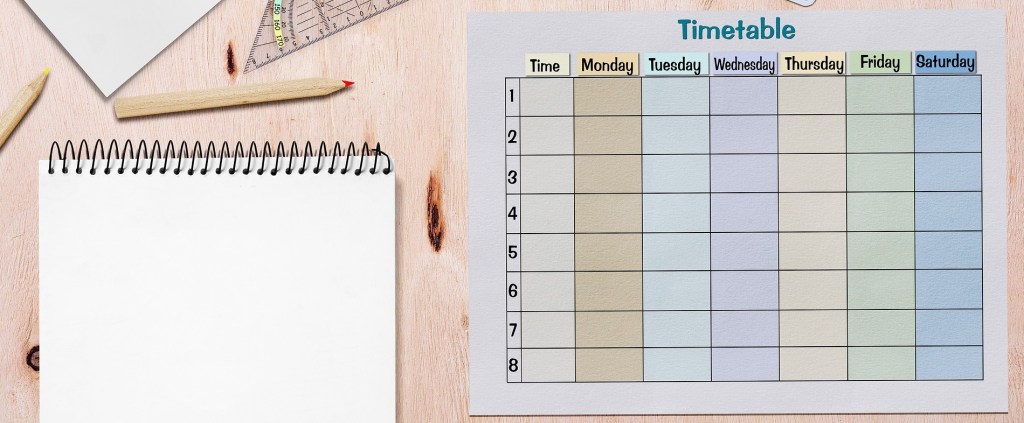
In Foundation I think it's fine to have a play based experience for the first hour in the first couple of weeks of the school year. This helps children settle in and gives you time to spend with each child getting to know them. As the first term progresses, however shorten the amount of time in the morning children are playing/investigating and shift this opportunity to the afternoon entirely by the 2nd term. Trying to get 5 year olds to pay attention and regulate themselves for a whole school day can be a challenge. So using play to match the learning experience with the level of ‘executive functioning fuel’ is a big support for children.
Be clear about what instruction looks like
So many of the early childhood activities we give children are nothing more than time fillers. Usually we give children these activities in rotations and they ‘do’ them without adult supervision. The value of these activities is questionable. If you are learning to read and write CVCs you are unlikely to do more than copy or match a picture in the example below. If you can read and write CVCs fluently, this activity is a waste of time. If you are looking for a 'busy work' activity or something to help children learn to work in their own space on their own task, then this is fine. But it is certainly not reading instruction.

Truly effective reading instruction is explicit, systematic and teacher led. Whether your instruction sees you in front of the whole class or a small group of children, you are in charge of the lesson. You have something to teach. Children have something to learn. You will make this really effective by fully engaging children in the lesson, making sure that everyone participates and that you closely track progress.

Making these lessons short, sharp and effective means that the time you spend on explicit teaching is balanced well with hands on, creative opportunities. Once children are ‘in the groove’ of the instructional routines, phonics teaching takes 20-30 minutes each day. The value of 25 minutes of explicit teaching in phonics far outweighs any amount of time you can give children working on their own in ‘centres’. The sense of success for children when you get this teaching right keeps them coming back for more.
Provide individual invitations to create and explore
The need to work in groups is usually unavoidable. A degree of variety will exist in any classroom no matter how closely you think you have matched the students. Your choices in how to manage this are not limited to ‘group rotations’ however. I am rather a fan of Montessori inspired Learning Trays. These trays are single student opportunities for children to choose their own activity and work in their own space for a period of time. I have used the idea from preschool right through to year 6 to help children learn to regulate themselves and develop the skills to focus and pay attention. This idea involves setting up activities (usually non-academic) in baskets, tubs or on trays that enable children to choose their own task. They sit in their own space, working on their own activity without talking to other children for a set period of time. They can swap out their activity as many times as they like in the learning time but can only choose from the tasks provided. Tasks can be as simple as a whiteboard and marker. They can also be as creative and complex as you like, but I highly recommend keeping things simple and avoiding spending money on the tasks. EVERY school has so many resources to use. Think about fine motor, sensory, story based, matching, puzzles, sorting types of activities. Pinterest will be your best friend for this!

Thank you to Suzanne for the pictures below.
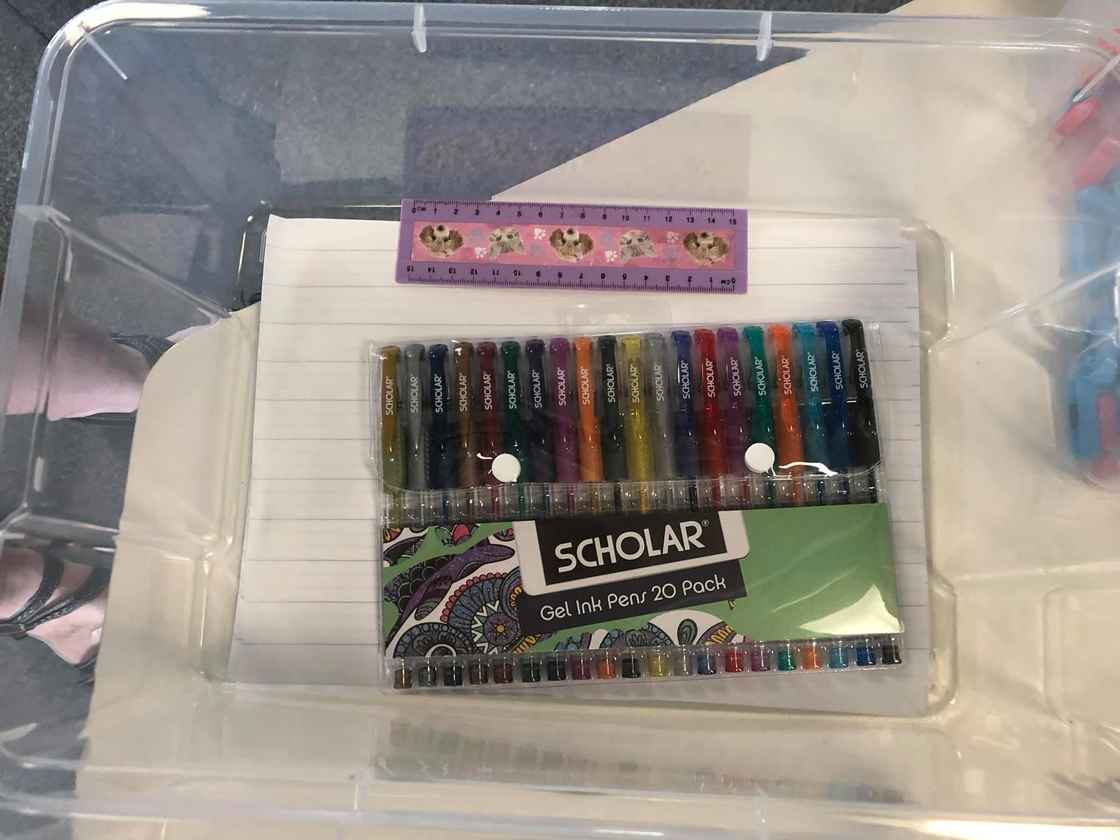
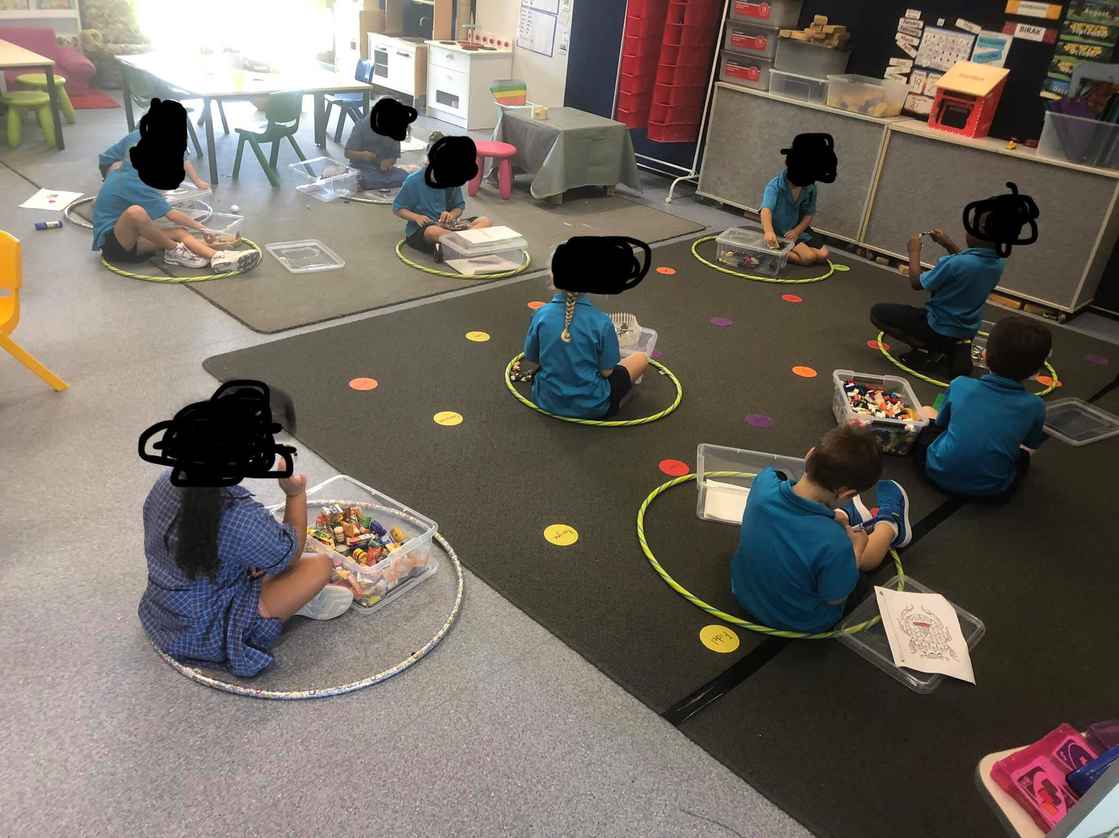
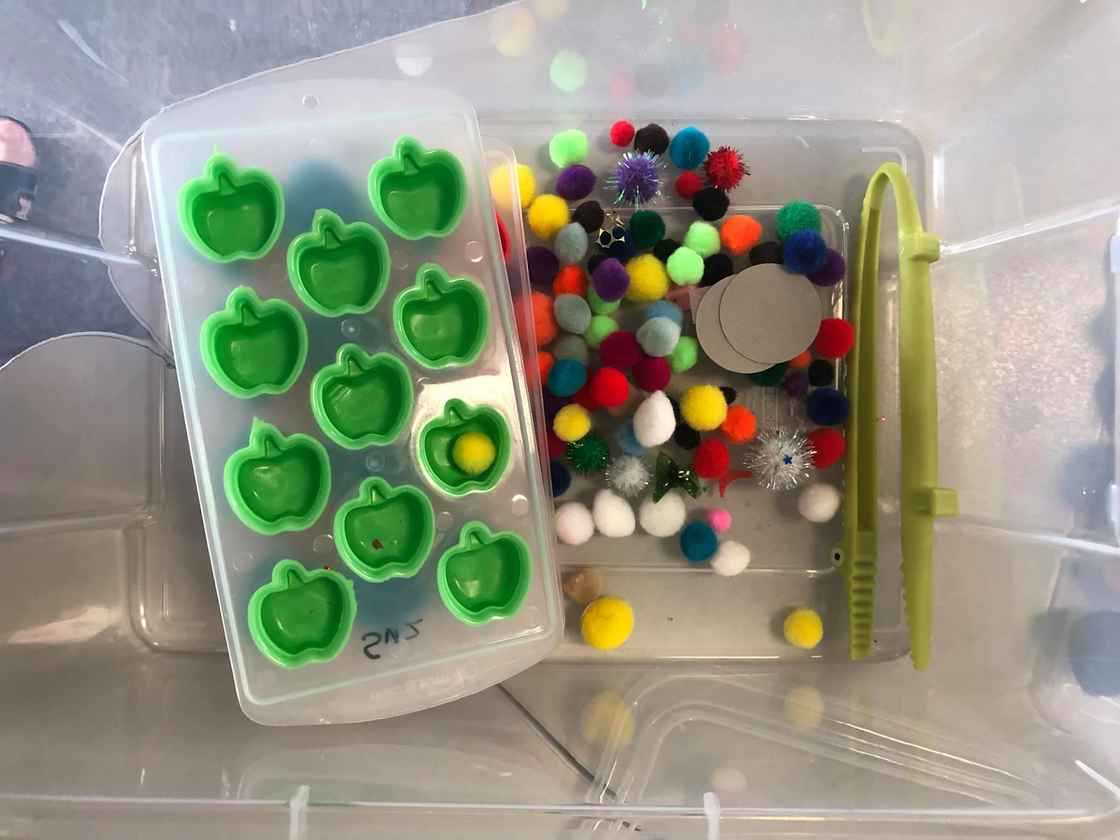
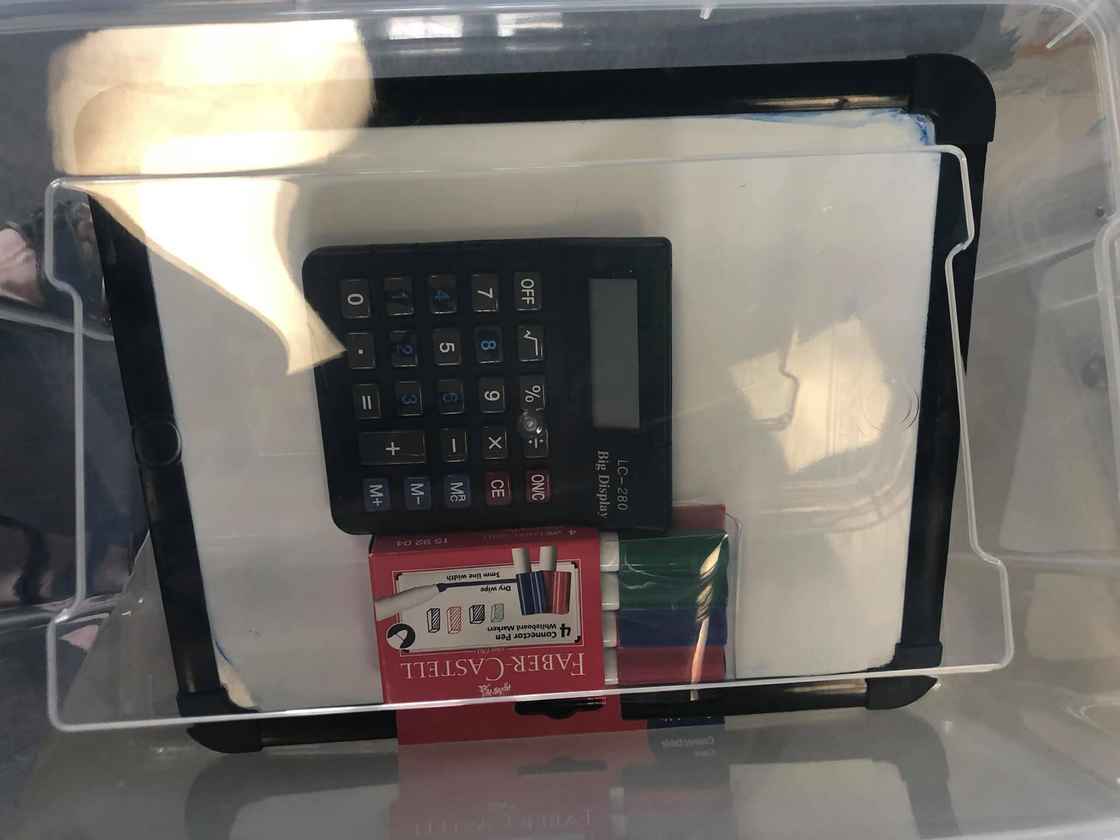
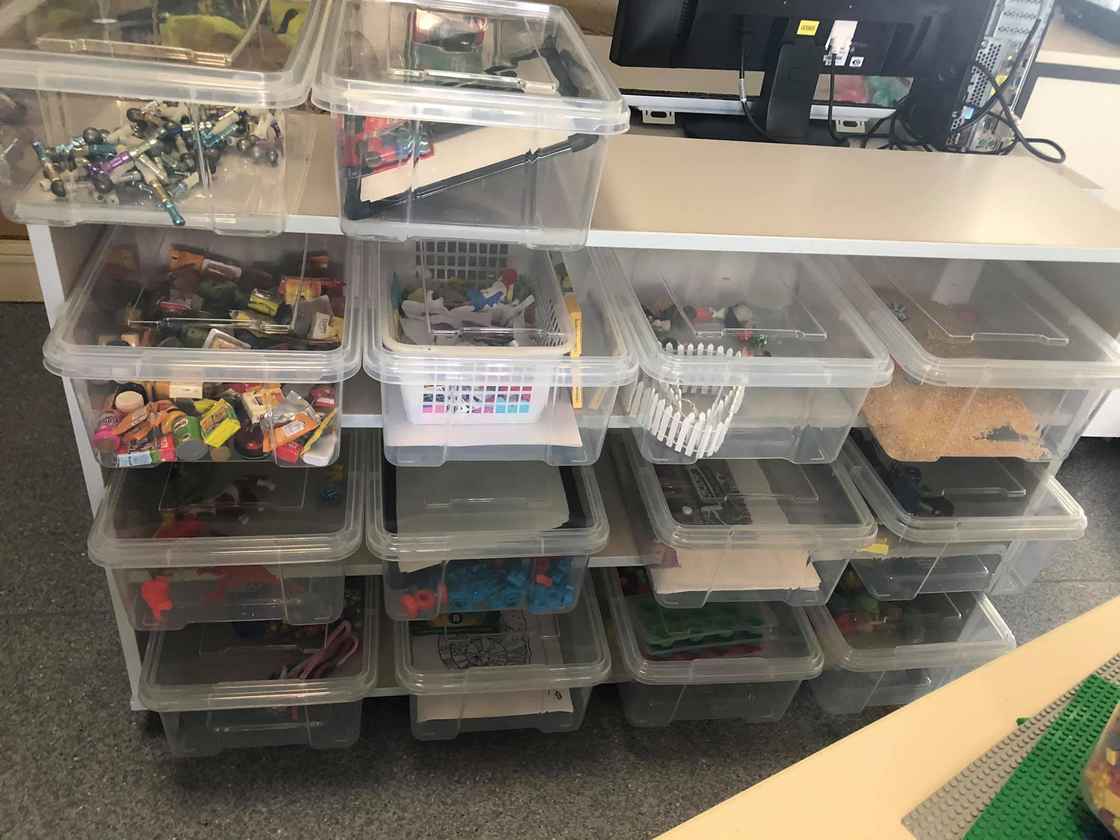
Spend time establishing the routines and expectations of this time and once that is in place you will be able to draw out small groups of children while the other children are working on their own activity. If you have a teaching assistant or parent helper they can circulate through the group keeping children on track or take another group activity. The benefit of this versus group rotations is the reduction in classroom noise while you are trying to teach your small group and the calm environment created by the children working on their own in a highly engaged way. If your students are not highly engaged, change out the activities. Keep an eye on what they like. I guarantee that the lego tub/basket/tray will be a staple of your set up! But swap out things that the children aren’t engaging with. Remember, this is not a time to push academics, but to provide agency and the opportunity to develop self regulation and engagement and let children take a task in any direction they choose.
Make all learning hands on, active and language rich.
The more you engage children, the more they will learn. Engagement is not about entertainment, but about turning on the switch that gets their little brains thinking and making connections. Asking children to answer as one voice, including actions in your lessons, inviting children to talk with their partner about what you are presenting and building up a sense of anticipation and success will all help to make learning developmentally appropriate for your students. Remember, explicit teaching doesn’t have to be boring learning. Watch as this teacher creates a highly engaging lesson.
Getting the balance right in the first year of school is not about finding a magical ratio of play to explicit teaching n (because that just doesn't exist), but about providing a range and balance of experiences that enable children to engage in their world and learn. That range and balance will differ from school to school and class to class. Monitoring data closely and making adjustments as soon as you see that children are not progressing as you would like will mean that whatever you choose, your children will benefit. Meet your students where THEY are up to, not where you think they should be. It is your knowledge of your students and their needs that will be the defining factor in getting that balance right.
Looking to supercharge your reading instruction in your early year's classroom? Download my free guide 'How to Teach Reading in the First Year of School' below.


 Jocelyn Seamer Education
Jocelyn Seamer Education
7 comments
This interesting blog post by Jocelyn Seamer Education looks into the importance of play in shaping a child's development. It provides insightful viewpoints and encourages serious reflection on the significance of incorporating play-based learning. We applaud Jocelyn Seamer Education for highlighting the importance of this component of early childhood education.
The article provides a thoughtful analysis of play's significance in education, emphasizing its role in fostering creativity, social skills, and cognitive development among children.
Hey, great blog post! It's all about the importance of play for kids. Quick read and definitely worth checking out!
Leave a comment